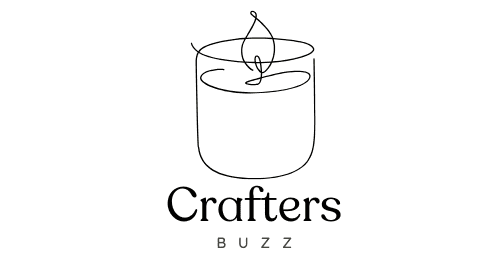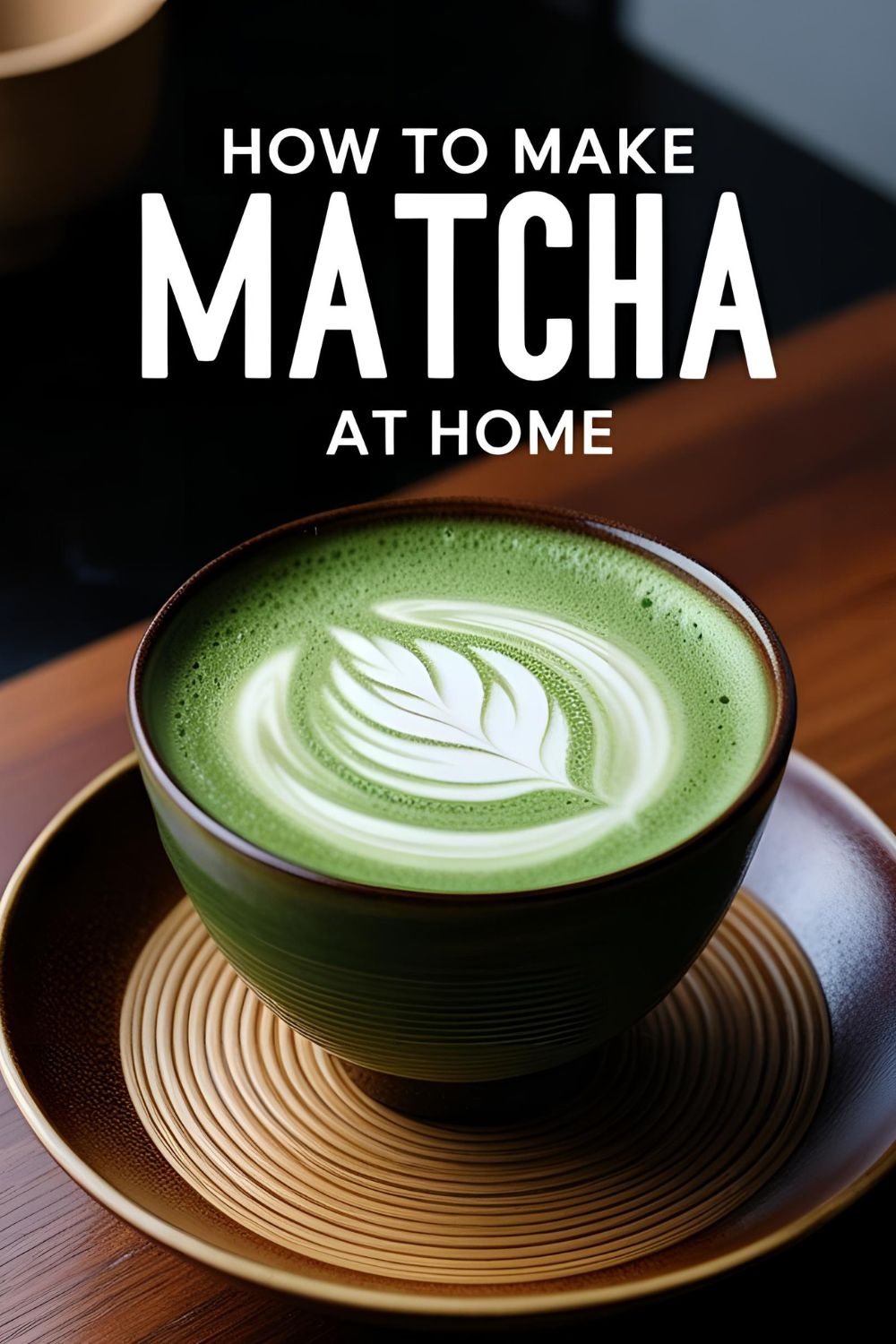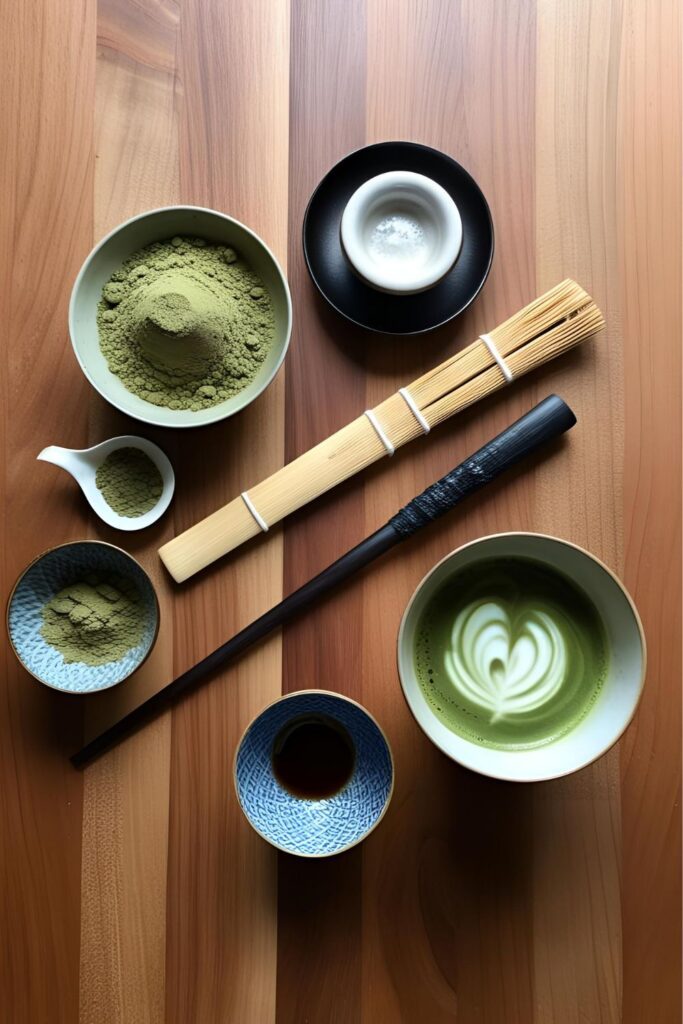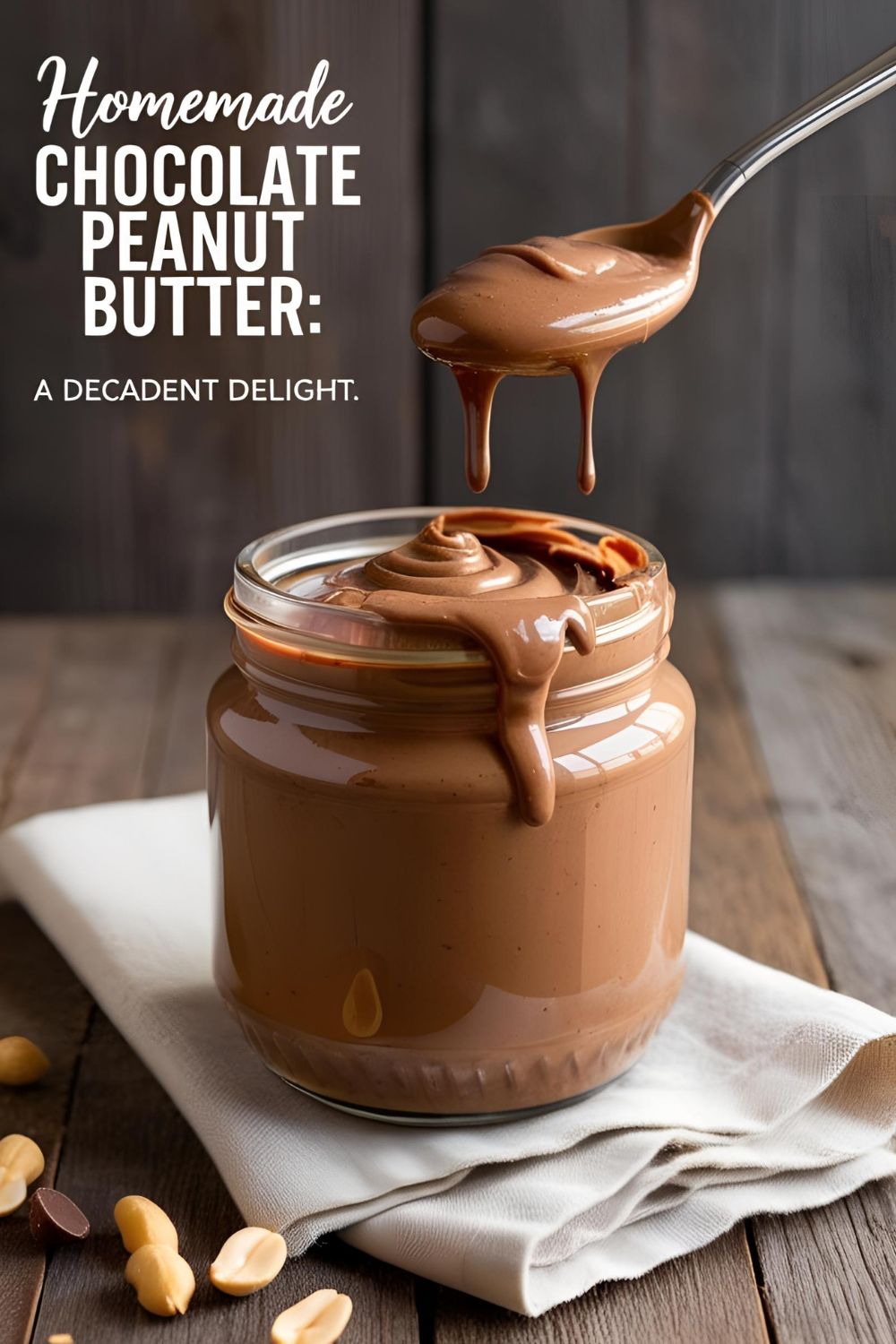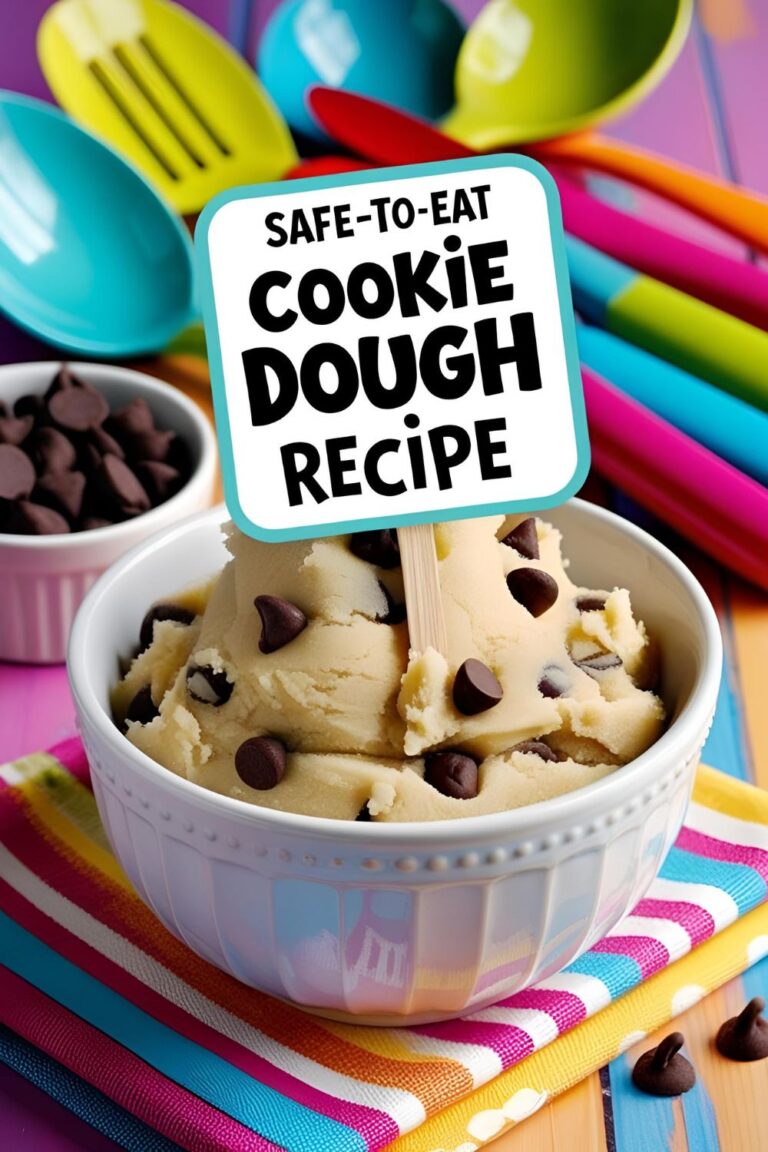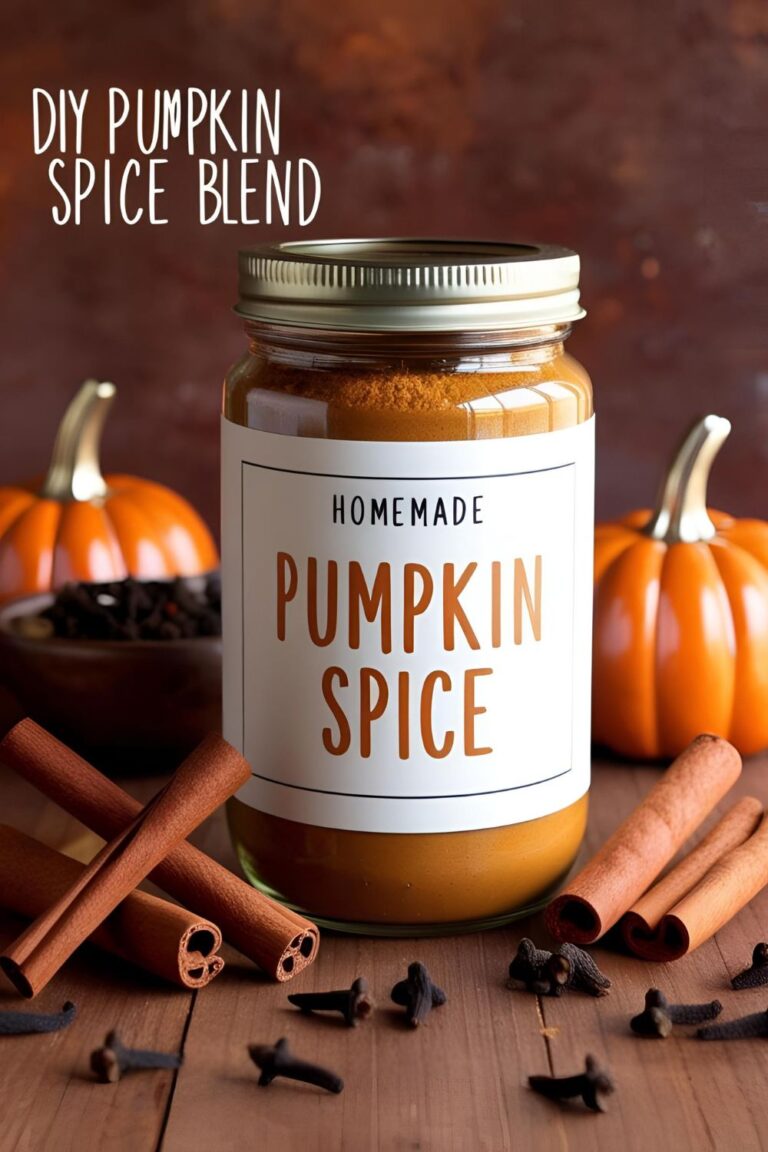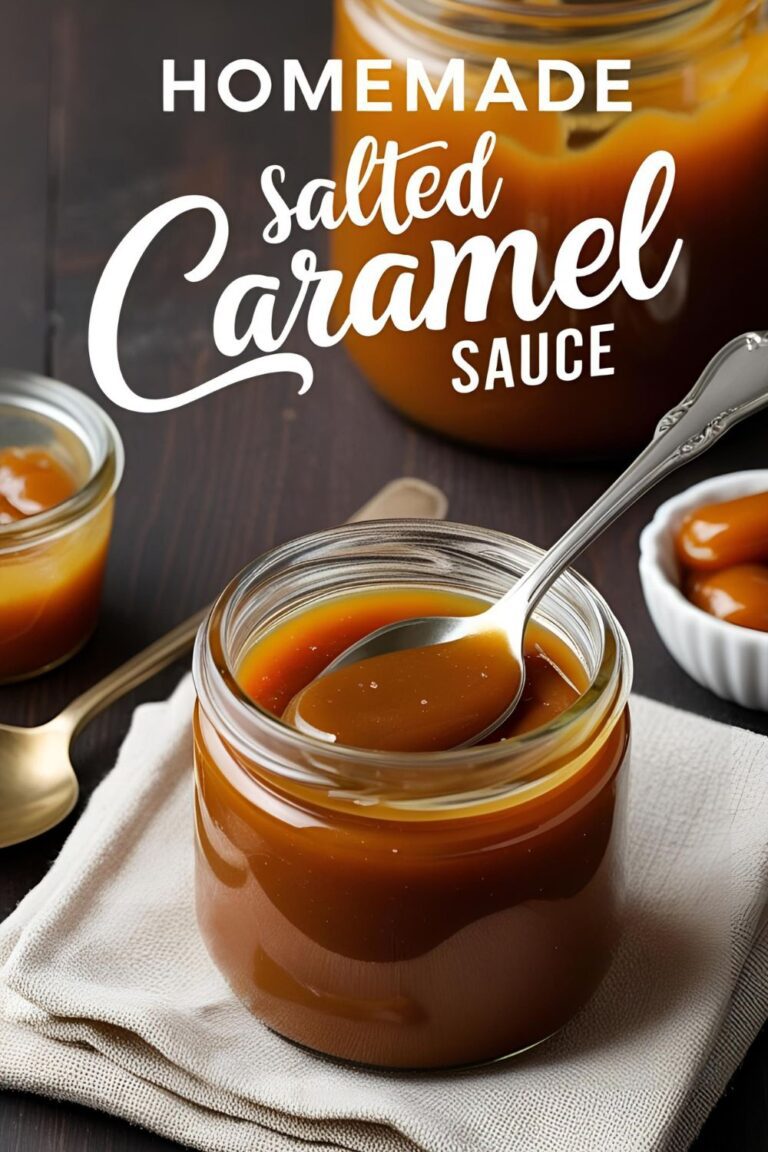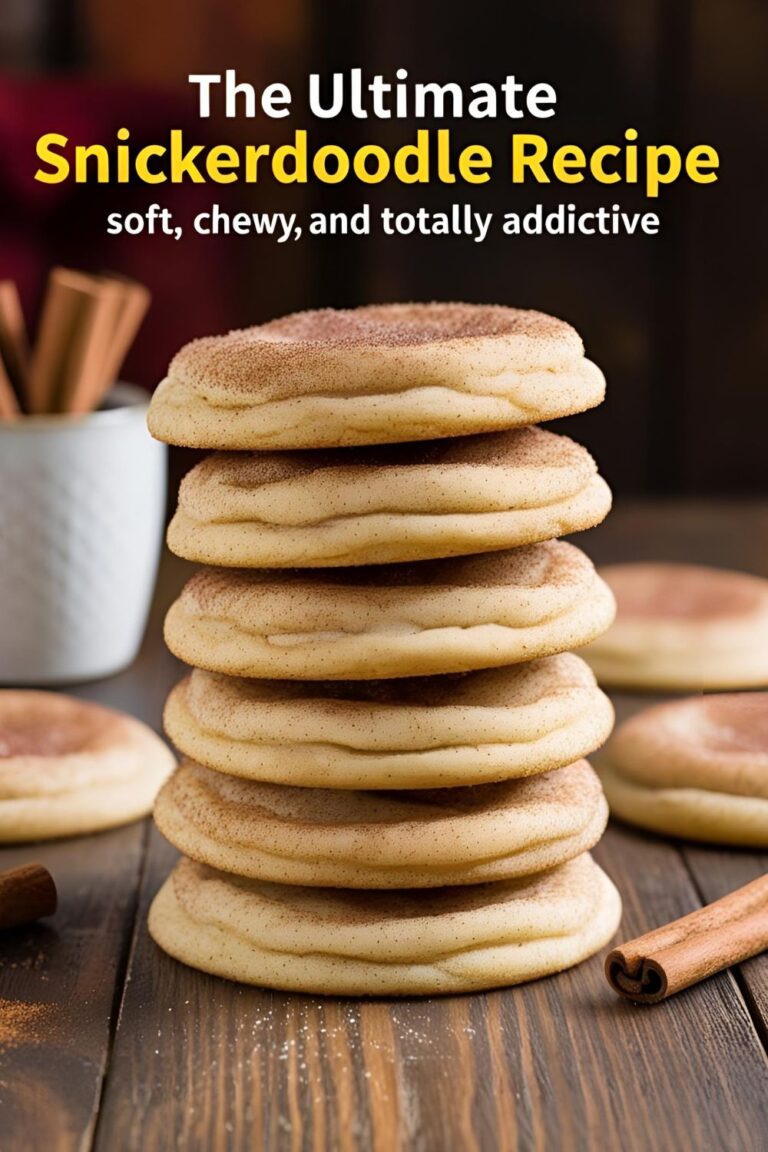How to Make Matcha at Home (Without a Tea Ceremony or a Trip to Kyoto)
A Quick, Catchy Intro with a Viral Hook
Ever tried making matcha at home and ended up with a bitter, clumpy mess that made you question your life choices? Yeah, same. But fear not, because I’m here to guide you through the art of making matcha without the drama. No need for a tea ceremony or a trip to Kyoto—just you, your kitchen, and a little green magic.
Why This Recipe is Awesome
Why should you care about making matcha at home? Well, for starters, it’s a healthier alternative to your daily coffee fix. Matcha is packed with antioxidants, boosts your metabolism, and provides a calm, focused energy without the jitters. Plus, it’s versatile—you can enjoy it hot or cold, sweetened or unsweetened, with milk or without. Impress your friends, treat yourself, and embrace the matcha life.
Ingredients
- 1 tsp matcha powder (ceremonial grade for best flavor)
- 2 oz hot water (not boiling, around 175°F or 80°C)
- 6 oz milk or milk alternative (optional, for lattes)
- Sweetener to taste (honey, agave, or sugar)
Substitutions:
- No matcha powder? Green tea powder can work, but the flavor won’t be as rich.
- No milk? Water works just fine for a traditional matcha.
Tools & Kitchen Gadgets Used
- Matcha whisk (chasen) – for that frothy goodness
- Matcha bowl (chawan) – or any wide, shallow bowl
- Fine mesh sieve – to sift the matcha
- Measuring spoon – accuracy matters
- Kettle – to heat your water
- Milk frother – if you’re going the latte route
Step-by-Step Instructions
- Sift the matcha powder into your bowl to remove clumps.
- Heat your water to about 175°F (80°C). Boiling water will make your matcha bitter.
- Add the hot water to the bowl with the sifted matcha.
- Whisk vigorously in a zigzag motion until frothy.
- Add milk and sweetener if desired. For a latte, froth the milk before adding.
Calories & Nutritional Info
- Calories: Approximately 60 per serving (without milk or sweetener)
- Caffeine: About 70 mg per serving
- Antioxidants: High in catechins, particularly EGCG
- Other nutrients: Contains vitamins A, C, and E
Common Mistakes to Avoid
- Using boiling water: It scorches the matcha, making it bitter.
- Not sifting the matcha: Leads to clumps in your drink.
- Improper whisking: You need that zigzag motion to get the right froth.
- Using low-quality matcha: Invest in ceremonial grade for the best taste.
Variations & Customizations
- Iced Matcha Latte: Prepare as above, then pour over ice.
- Matcha Smoothie: Blend matcha with banana, spinach, and almond milk.
- Matcha Lemonade: Mix matcha with lemonade for a refreshing twist.
FAQ Section
Q: What is matcha?
A: Matcha is a finely ground powder made from specially grown and processed green tea leaves.
Q: Is matcha healthier than coffee?
A: Matcha provides a more stable energy boost and is rich in antioxidants.
Q: Can I use a regular whisk instead of a chasen?
A: Yes, but a chasen is designed to create the ideal froth.
Q: How should I store matcha powder?
A: Keep it in an airtight container in a cool, dark place.
Q: Can I make matcha without milk?
A: Absolutely. Traditional matcha is made with just water.
Q: Is matcha suitable for vegans?
A: Yes, matcha itself is vegan-friendly.
Q: How much caffeine is in matcha?
A: Approximately 70 mg per serving.
Final Thoughts
So there you have it—a simple, foolproof way to make matcha at home. No need for fancy ceremonies or expensive equipment. Just a few tools, some quality matcha powder, and a bit of practice. Once you get the hang of it, you’ll wonder why you ever spent money on overpriced café versions. Happy whisking!
